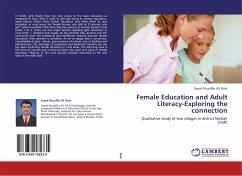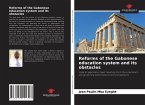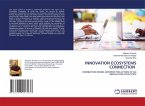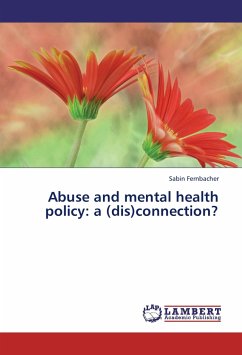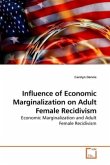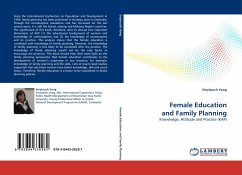In Sindh, girls mostly have very low access to the basic education as compared to boys. Even if some of girls get access to primary education, many factors hinder their further education and force them to quit schooling. In rural areas, the female literacy rate falls to 25 percent and girls' school enrolment falls from fifty-five percent to twenty percent from Grade 1 to 6. There are two major factors impeding girls' education in rural Sindh - demand and supply. At the demand side, parents and the community have the traditional and indifferent attitude towards female education, they consider it worthless. As far as supply side is concerned, unavailability of girls' schools, poor location of schools, lack of facilities and infrastructure, the shortage of competent and dedicated teachers are the big issues hindering female schooling in rural areas. The alarming issue is the views of parents and community about the need and value of female education. Majority of the rural parents consider education as the sole right of the male child.
Bitte wählen Sie Ihr Anliegen aus.
Rechnungen
Retourenschein anfordern
Bestellstatus
Storno

